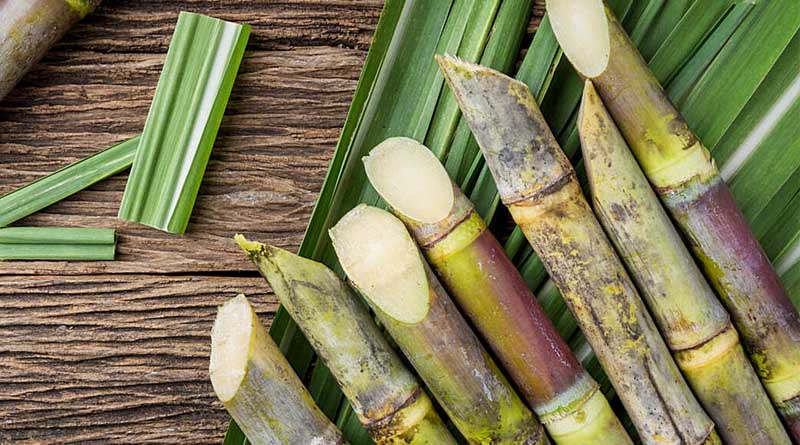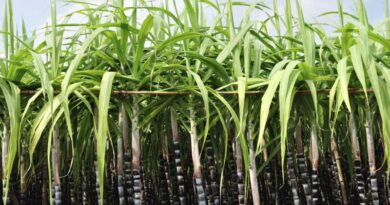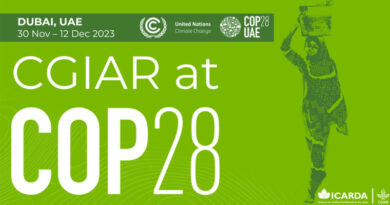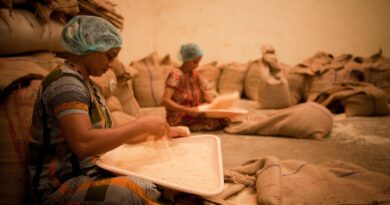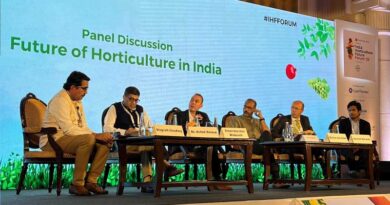India likely to miss ethanol blending target this year as govt restricts diversion from sugarcane molasses
14 March 2024, New Delhi: India is likely to miss the ethanol-petrol blending target of 15 percent for the current year as the Centre has restricted the diversion of ethanol made from sugarcane molasses to oil marketing companies (OMC) to 1.7 million tonnes (MT) in the ethanol-supply year 2023-24 (December to November).
Anticipating a fall in the production in major sugar-producing states of Maharashtra and Karnataka, the government has also so far not allowed export of sugar for the year fearing a shortage in the domestic market.
However, the sugar industry sees production at a comfortable level with crop prospects looking better in the two states. “The government had expected around 29 MT of sugar production in the current year. But the output could be in excess of 32 MT after diversion to ethanol. If you take total sugar production before diversion, it could be around 34 MT,” said Atul Chaturvedi, executive chairman of Shree Renuka Sugars.
The government’s decision to limit the ethanol diversion was based on the projection of a lower sugarcane crop in Maharashtra and Karnataka following insufficient monsoon rainfall. But unseasonal showers in December have led to an improvement in the crop outlook thus reducing the shortfall to a great extent.
Of the total volume of ethanol needed for fuel blending, around 80 percent comes from the sugar industry while the rest from rice, maize and damaged food grain. The government is trying to increase the quantity of ethanol derived from maize to compensate for the shortfall from the sugar industry. However, the poultry industry has voiced concerns about a possible decline in the supply of maize, which is an essential raw material for chicken feed.
Industry estimates
The ethanol-petrol blending ratio was 12 percent in 2022-23. Given the current situation, it could be equal to or slightly below it this year, it is pointed out.
In its latest estimate released on March 13, Indian Sugar and Bio-Energy Manufacturers Association (ISMA) has projected all India sugar production before diversion to ethanol at 34 million tonnes, up from the earlier estimate of 33.05 million tonnes. The total production in sugar marketing year 2022-23 (October to September) was 36.62 MT and the estimated diversion of sugar for ethanol was 3.8 MT.
ISMA estimates the sugar carryover stock from 2022-23 at 5.6 MT. This together with the likely excess of around 3.5 MT this year may take the buffer stock to 9 MT, which is the highest since the time of the pandemic. “Ideally a buffer stock of up to 6 MT, which will be three months of production, is quite adequate. But 9 MT could be a bit ultra-conservative,” Chaturvedi added.
However, the sugar industry feels the government has already got into the election mode and is unlikely to take any new decision on sugar export or ethanol diversion until it is over.
ISMA’s estimate of sugar production after diversion for ethanol at the end of February 2024 stood at 25.53 MT, marginally lower than 25.84 MT for the same period in the previous year. The rate of closure of mills after crushing in Maharashtra and Karnataka is slower this year, ISMA said, indicating that the tail of this season could be longer this year in these states. So far 49 factories have closed operations after finishing crushing in these two states against 74 on the same date in the previous corresponding year.
“The sugar production could rise to 10 MT in Maharashtra against the projected 8.5 MT. Karnataka output was expected to be around 3.8 MT and may climb closer to 5 MT. Though the sugar output in Uttar Pradesh, the largest domestic producer, was calculated to be around 11.5 MT, it may see a slight drop to 11.3 MT,” said Hemanth Gowda, research head at Agrimandi.live.
Price pangs
The government has banned using sugarcane syrup and B-heavy molasses for ethanol production this year, which hit the share prices of sugar companies. They recovered slightly after the government allowed the diversion of ethanol from C-heavy molasses, which has comparatively lower sugar content. The OMCs hiked the prices of ethanol from C-heavy molasses by Rs 6.87 to Rs 56.28 per litre last December.
Meanwhile, the government has raised the fair and remunerative prices (FRP) given by the mills to sugarcane farmers by Rs 25 to Rs 340 per quintal for the 2024-25 sugar season. Usually, this is done by the middle of the year but this time the government has done it earlier in view of the approaching elections.
The minimum sale price (MSP) of sugar has remained at Rs 3,100 per quintal for the last few years. The industry has been demanding a higher MSP. “It is not like other commodities where the cost of production can be linked to the price. The government has a formula based on which MSP has to be hiked,” said Praful Vithalani, chairman of All India Sugar Trade Association.
At present, the ex-mill price of sugar ranging from Rs 34 to 37 per kg is said to be below the cost of production. ISMA has requested the Commission for Agriculture Costs and Prices to recommend MSP as per industry estimates at Rs 3,900 per quintal based on the FRP of Rs 340 per quintal.
Also Read: No pump and no hassle with the new Demand® CS insecticide 10-gallon drum from Syngenta
(For Latest Agriculture News & Updates, follow Krishak Jagat on Google News)

